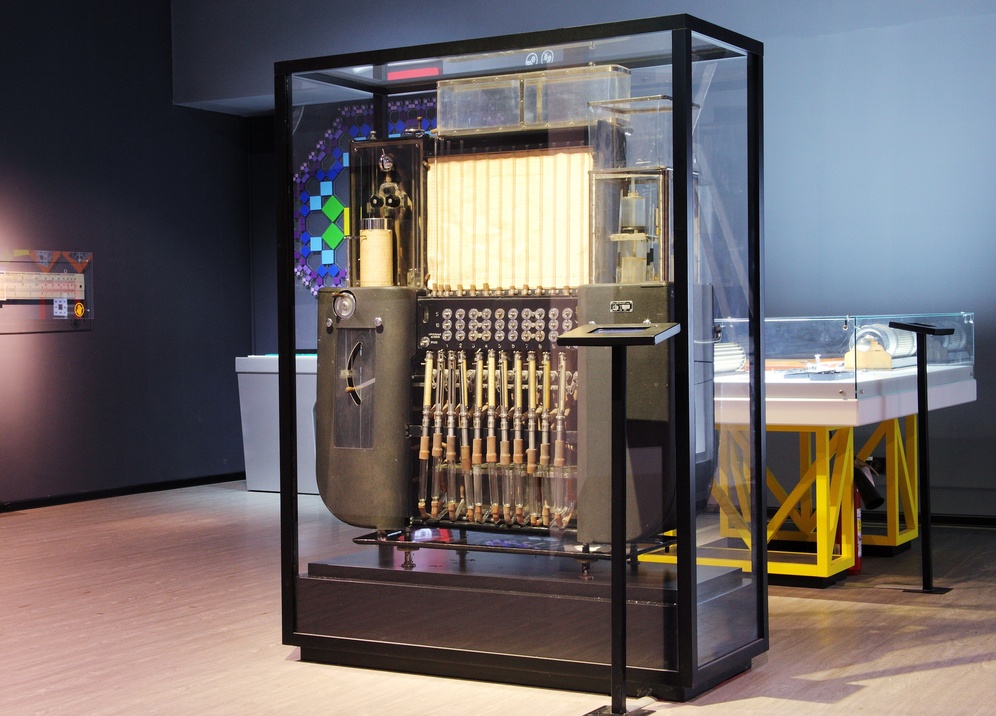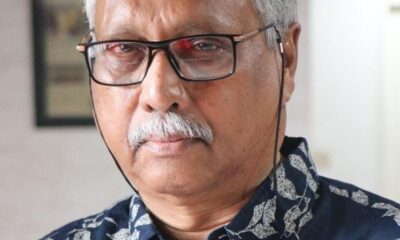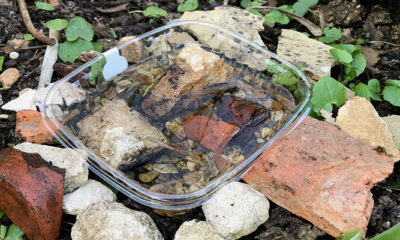Tech News
In the 1930s, which country built an analog computer that ran on water?

Make your selection and the correct answer will be revealed.
Although the initial computers operated using mechanical components and vacuum tubes, there was a unique approach to computing that involved water. In the 1930s, Russian scientist Vladimir Lukyanov created an analog computer called the “Water Integrator” or “Lukyanov’s Integrator.”
This water-based computer was designed to solve partial differential equations, primarily for calculations related to concrete construction considering various materials and environmental factors. Instead of using digital technology, the Water Integrator utilized water flowing through interconnected tanks, tubes, and pumps to perform its computations. Lukyanov recognized that water flow shares similarities with heat distribution, allowing him to visualize thermal processes by incorporating water as the primary medium in the computer.
The system operated by measuring water levels in specific tubes with high precision, down to fractions of a millimeter. Initially intended to address concrete cracking in different conditions, the Water Integrator found applications in diverse fields such as geology, metallurgy, thermal physics, and even rocket engineering.
This innovative approach provided practical solutions for managing materials and extreme climates in Russia. Despite its contrast with modern silicon-based technologies, Lukyanov’s Water Integrator holds a significant place in computer history, showcasing human ingenuity in utilizing available resources to solve complex problems before the digital era.
The Water Integrator contributed to major engineering projects like the Karakum Canal in the 1940s and the Baikal-Amur Mainline railway in the 1970s. Surprisingly, water analog computers remained in use in the Soviet Union for large-scale modeling tasks until the 1980s, demonstrating their longevity and effectiveness.
Today, visitors can view the Water Integrator at Moscow’s Polytechnic Museum.
-

 Destination8 months ago
Destination8 months agoSingapore Airlines CEO set to join board of Air India, BA News, BA
-

 Breaking News10 months ago
Breaking News10 months agoCroatia to reintroduce compulsory military draft as regional tensions soar
-

 Tech News12 months ago
Tech News12 months agoBangladeshi police agents accused of selling citizens’ personal information on Telegram
-

 Gadgets3 months ago
Gadgets3 months agoSupernatural Season 16 Revival News, Cast, Plot and Release Date
-

 Productivity11 months ago
Productivity11 months agoHow Your Contact Center Can Become A Customer Engagement Center
-

 Gadgets3 weeks ago
Gadgets3 weeks agoFallout Season 2 Potential Release Date, Cast, Plot and News
-

 Breaking News10 months ago
Breaking News10 months agoBangladesh crisis: Refaat Ahmed sworn in as Bangladesh’s new chief justice
-

 Toys12 months ago
Toys12 months ago15 of the Best Trike & Tricycles Mums Recommend























